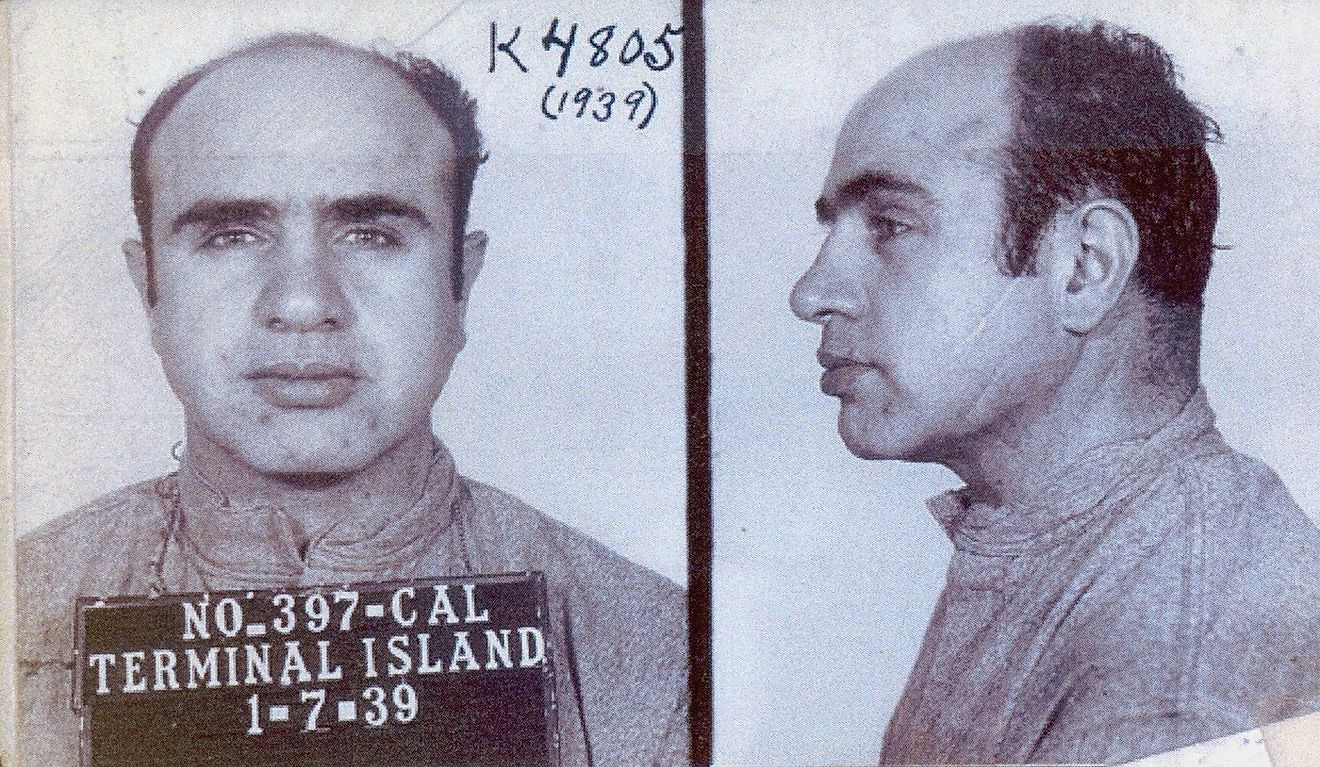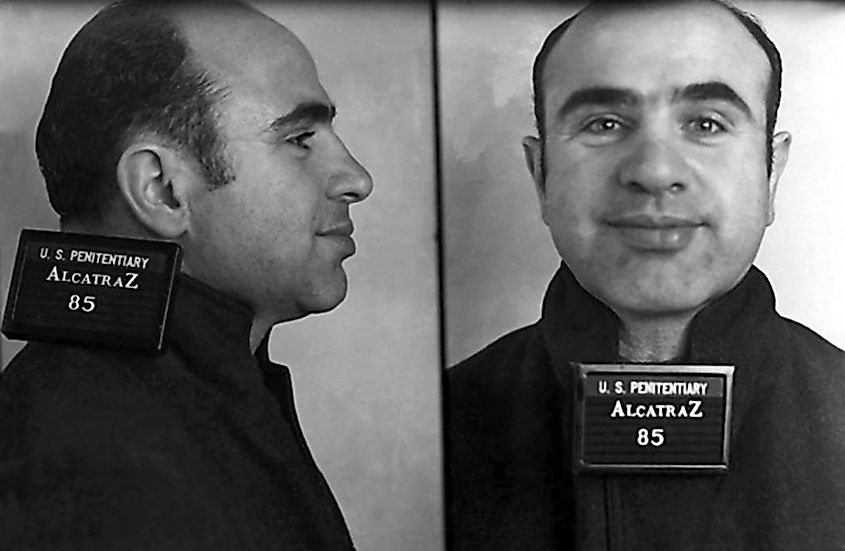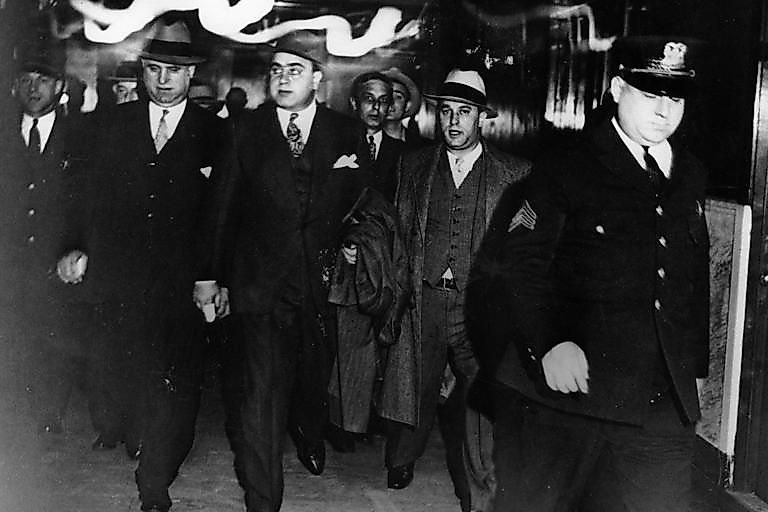The Saint Valentine's Day Massacre: Who Was Al Capone?

Al “Scarface” Capone was a notorious Chicago gangster during the Prohibition Era. He was head of the Chicago Outfit, an organized crime syndicate until he went to jail at age 33 for tax evasion.
The Early Years
Capone was born in Brooklyn, NY, in 1899. He was one of nine children born to Italian immigrants. As a young boy, Capone showed signs of intelligence. He likely would have done well in school had it not been for his trouble with following rules. His formal education ended at 14 when he was expelled for hitting a teacher.
After he left school, Capone began working several small jobs. Johnny Torrio, a New York gangster on the rise, took him under his wing. Capone became involved with street gangs. His nickname came as the result of being slashed in the face by the brother of a woman he insulted at a night club.
Capone’s Rise to Infamy

At age 20, Capone and his new wife, Mae, were encouraged to move to Chicago by Torrio, who was working under James “Big Jim” Colosimo. At first, Capone worked as a boxing promoter. When Colosimo was murdered in May 1920, Torrio took over with Capone as his close associate; it was believed that Capone was somehow involved in the murder.
When Torrio was shot and injured by a rival, he retired and left the business to Capone, who was rising in the ranks of the Chicago underworld. Capone became known for illegal liquor distribution and prostitution. His business network stretched into Canada and was protected by figures in both the political and law enforcement arenas.
Capone used both violence and intimidation to coerce people and get rid of his enemies. It is widely believed he was behind the St. Valentine’s Day Massacre, an attempt to kill George “Bugs” Moran of the North Side Gang.
The St. Valentine’s Day Massacre
On February 14, 1929, seven of Moran’s men were shot in a Chicago garage. One of the men, Frank Gusenberg, was still alive when police arrived on the scene. The police tried to coax information from Gusenberg as he took his last breaths, but he refused to say anything about what had just transpired. He died minutes later.
The police determined that the shooters were dressed as officers and pretended to be arresting Moran’s men before they sprayed them with bullets.
Moran pointed the finger at Capone for what became known as the St. Valentine’s Day Massacre. However, Capone stated that he was at his Florida residence during the murders. Neither he nor any other gang leader was ever tried for the shootings.
Public Enemy No. 1

After the events of February 14, Capone became known as the country’s most infamous gangster. He was known as Public Enemy No. 1 in the newspapers.
The feds began their investigation of Capone after he ignored a grand jury subpoena for other charges related to Prohibition in March 1929. He eventually gave his testimony, which resulted in his being arrested for being in contempt of court. He was released on bond but was arrested in Philadelphia two months later on concealed weapons charges. He was released from jail for good behavior nine months later.
Capone would later be indicted for tax evasion. After a highly publicized trial, he was given an 11-year sentence. He served time first in Atlanta and was later moved to Alcatraz in California. During his last year there, Capone was in declining health—he was diagnosed with syphilis of the brain. In 1939, he was transferred to the Federal Correctional Institution at Terminal Island, also in California. He was released later that year on parole after his wife filed a successful appeal to have him come home because of his poor health.
At home in Florida, Capone experienced other medical episodes that further diminished his mental and physical health. He died of heart failure on January 25, 1947. He is still remembered as one of the most notorious gangsters in the history of organized crime.











